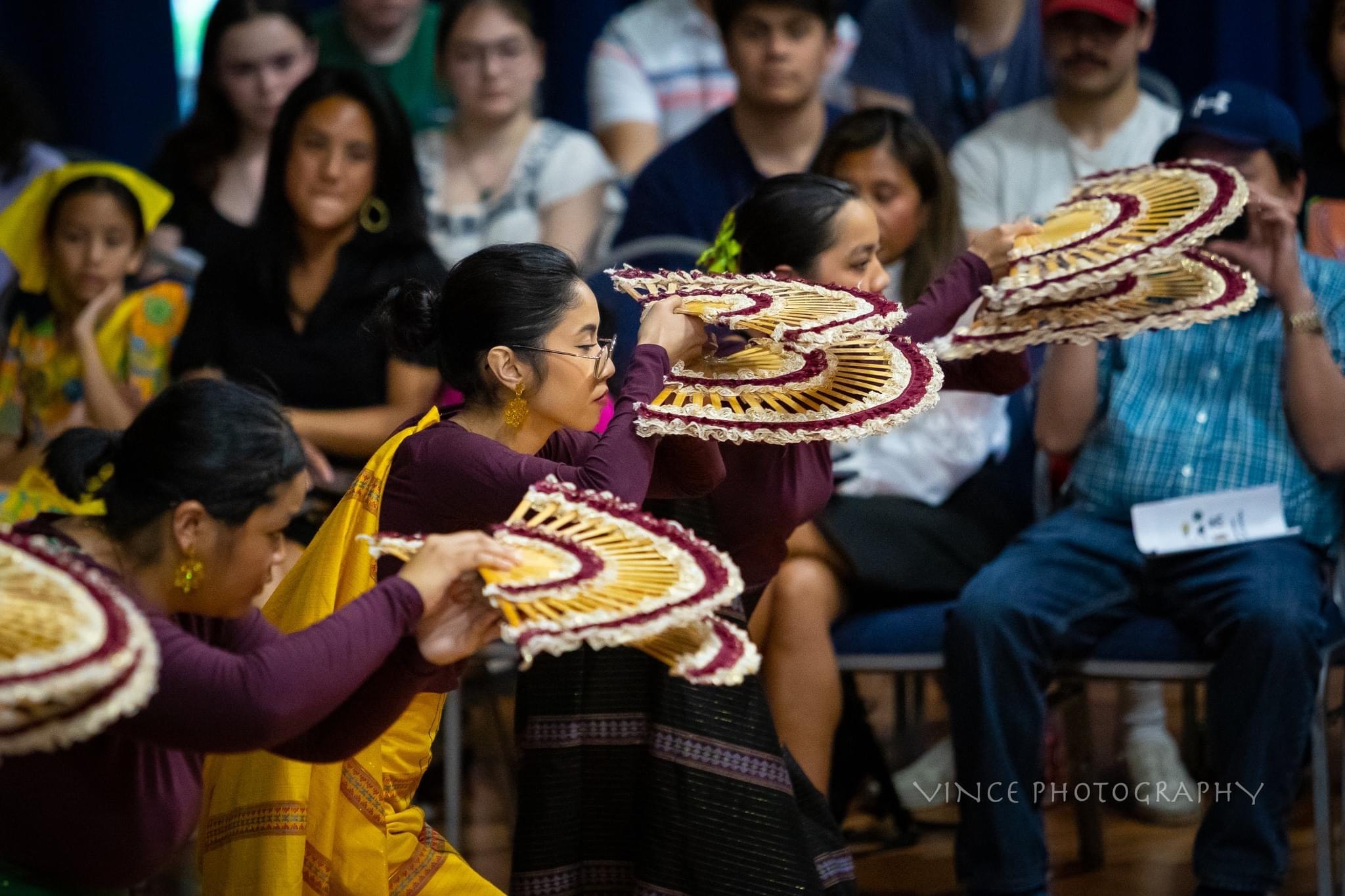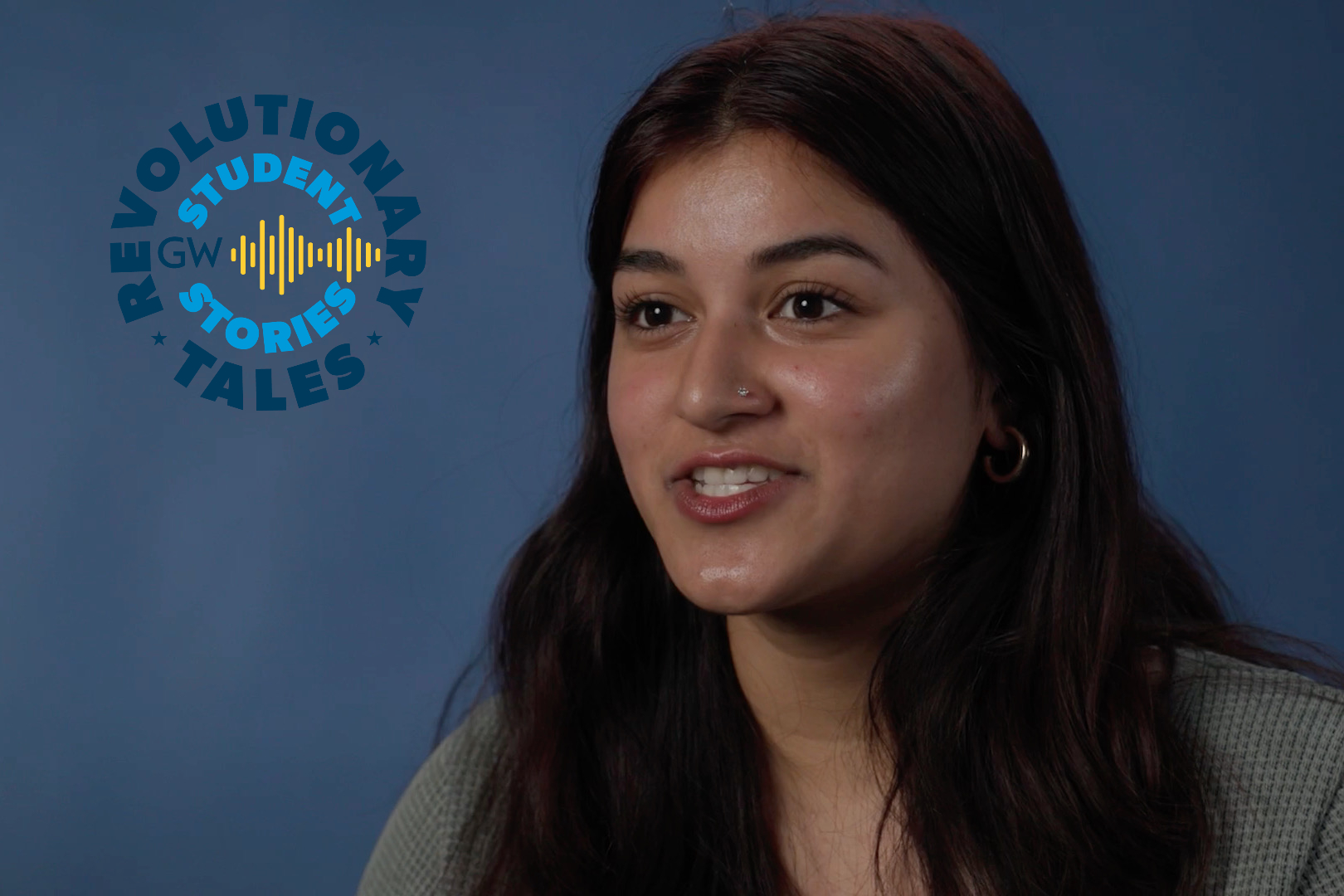Jade Balansag knows culture shock. When she was eight, her family left her home island of Negros in the Philippines—the third most populous of the archipelagic nation’s 7,000-plus islands, with a tropical monsoon climate, mountain rainforests and idyllic beaches—and moved to a tiny community in Alaska. Balansag still remembers the trip from the airport, the strange items at the grocery store and the smallness and homogeneity of the community, none of whom looked like the people she’d grown up with.
“I just remember sitting in the backseat and letting it sink in: I'm really in a different country now,” said Balansag, now a junior majoring in biomedical engineering at the George Washington University.
When Balansag came to GW, she made a point of seeking out the Filipino community, joining the Philippine Cultural Society (PCS) as a first-year student. She’s now the organization’s president.
“For me, being Filipino is a sense of feeling at home,” Balansag said. “I found that with PCS, and since then I’ve wanted to share it with other Filipinos and Filipino Americans at GW.”
PCS will host its 24th Tandaan this Sunday, a vibrant annual celebration of Filipinx culture that includes skits, traditional and modern dance performances and, of course, plenty of food. In short, Balansag said, it’s a party—in the Filipino style.
“Social gatherings in the Philippines are just different,” she said. “Growing up in the U.S., if someone has a birthday party, it starts at a certain time, it lasts two hours and then everybody has to leave. But over there, you show up and it doesn’t matter if you’re late, we’re going on until the end of the night, into the morning. I love that type of community, the camaraderie.”
This year’s Tandaan theme is “Beauty of the Philippines,” which is intended to showcase many types of beauty, said PCS cultural coordinator Julia Collum, a senior majoring in biology and environmental science.
“It’s celebrating the people and the culture, but also nature and the land and the environment,” Collum said. The Philippines is one of the world’s most biodiverse countries, with thousands of unique marine and terrestrial species.
“We’re very proud of the history and the culture of our people, and a lot of it has involved a lot of struggle and resiliency, and it's so important to remember those challenges,” Collum said. “But it’s also very important to celebrate the joy, the beauty, the love that we have.”
Collum and Balansag both cite tinikling, a traditional Filipino dance, as a favorite part of Tandaan and something they’re excited to share with audiences outside the community. Something between a performance and a game, tinikling involves dancers weaving swiftly in and out of moving sticks, like double Dutch players using wooden poles instead of ropes.
“We’re doing one traditional version and then one with a more modern song, which will be really fun,” Collum said.
For Balansag, part of the joy of Tandaan is the way it makes her community visible.
“I want Filipinos to look up to, and I know we’re everywhere even though sometimes we don’t talk about our achievements,” she said. “I want to see Filipino artists, Filipino engineers, Filipino politicians that people can look up to. I want us to feel like we deserve our accomplishments and that we deserve to talk about them, and with that, be able to inspire younger generations to do the same.”
National Asian Pacific American Heritage Month begins May 1. Learn more at asianpacificheritage.gov.



